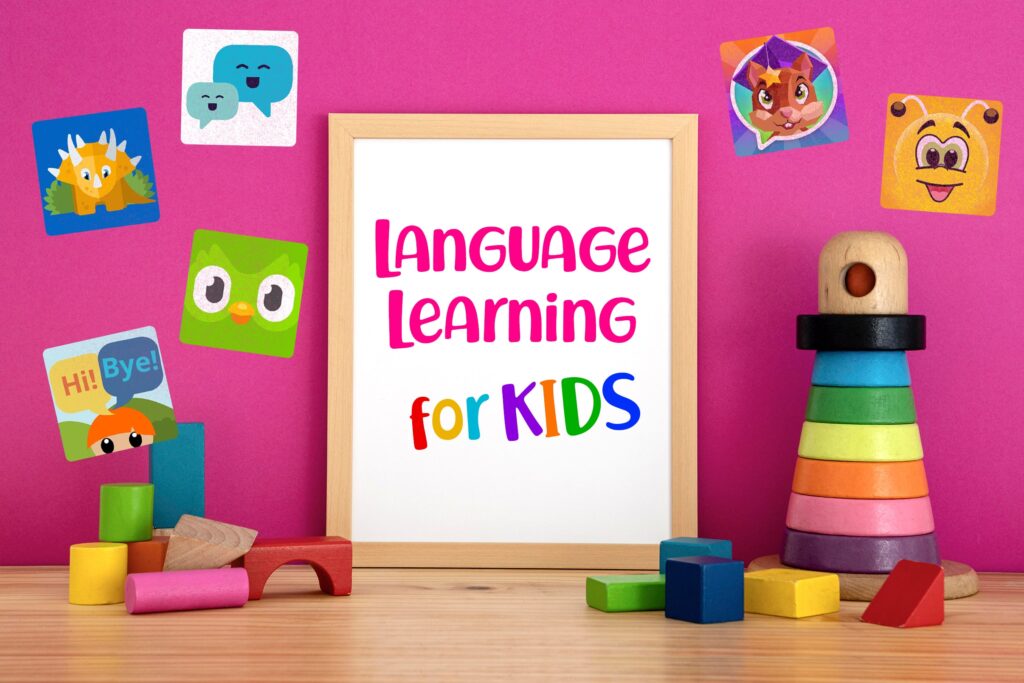
Should a child under three years learn different languages?
June 10, 2024
In today’s globalized world, the debate around whether a child under three years old should learn different languages has gained significant attention. Parents and educators alike ponder the potential benefits and challenges of early multilingual exposure. Among the influential voices in early childhood education, Maria Montessori’s insights offer valuable perspectives on this topic. Montessori, renowned for her child-centered approach, provides a compelling argument for the cognitive and developmental advantages of introducing multiple languages during the earliest years of life.
Should a child under three years learn different languages?
Maria Montessori believed in exposing children to multiple languages from a young age, as she recognized the importance of early language acquisition and the benefits of being multilingual. Here are some key points regarding Montessori’s views on language learning for children under three years old:
- Sensitive period for language: Montessori observed that children have a sensitive period for language acquisition, which begins at birth and extends through the early years of life. During this critical period, children are highly receptive to language input and can effortlessly absorb multiple languages.
- Natural language acquisition: Montessori classroom emphasized the importance of providing children with rich and varied language experiences in their natural environment. She believed that children learn languages most effectively through immersion and exposure to native speakers rather than formal instruction or memorization.
- Multilingual environments: Montessori advocated for creating multilingual environments where children have the opportunity to interact with speakers of different languages. She believed that exposure to multiple languages from a young age enhances cognitive development, linguistic abilities, and cultural understanding.
- Respect for the child’s pace: Montessori emphasized the importance of respecting each child’s individual pace and interests in language learning. She believed that children should be allowed to explore and engage with language in their own way and at their own rhythm, without pressure or coercion.
- Supportive language-rich environments: Montessori classrooms are designed to be language-rich environments where children are exposed to spoken language, written language, and various language materials and activities. Teachers and caregivers in Montessori settings often use multiple languages to communicate with children and support their language development.
Overall, Maria Montessori believed that exposing children to multiple languages from an early age lays the foundation for lifelong language skills and cultural appreciation. She recognized the natural capacity of young children to acquire languages effortlessly and advocated for creating supportive environments that facilitate language learning in a natural and meaningful way.


